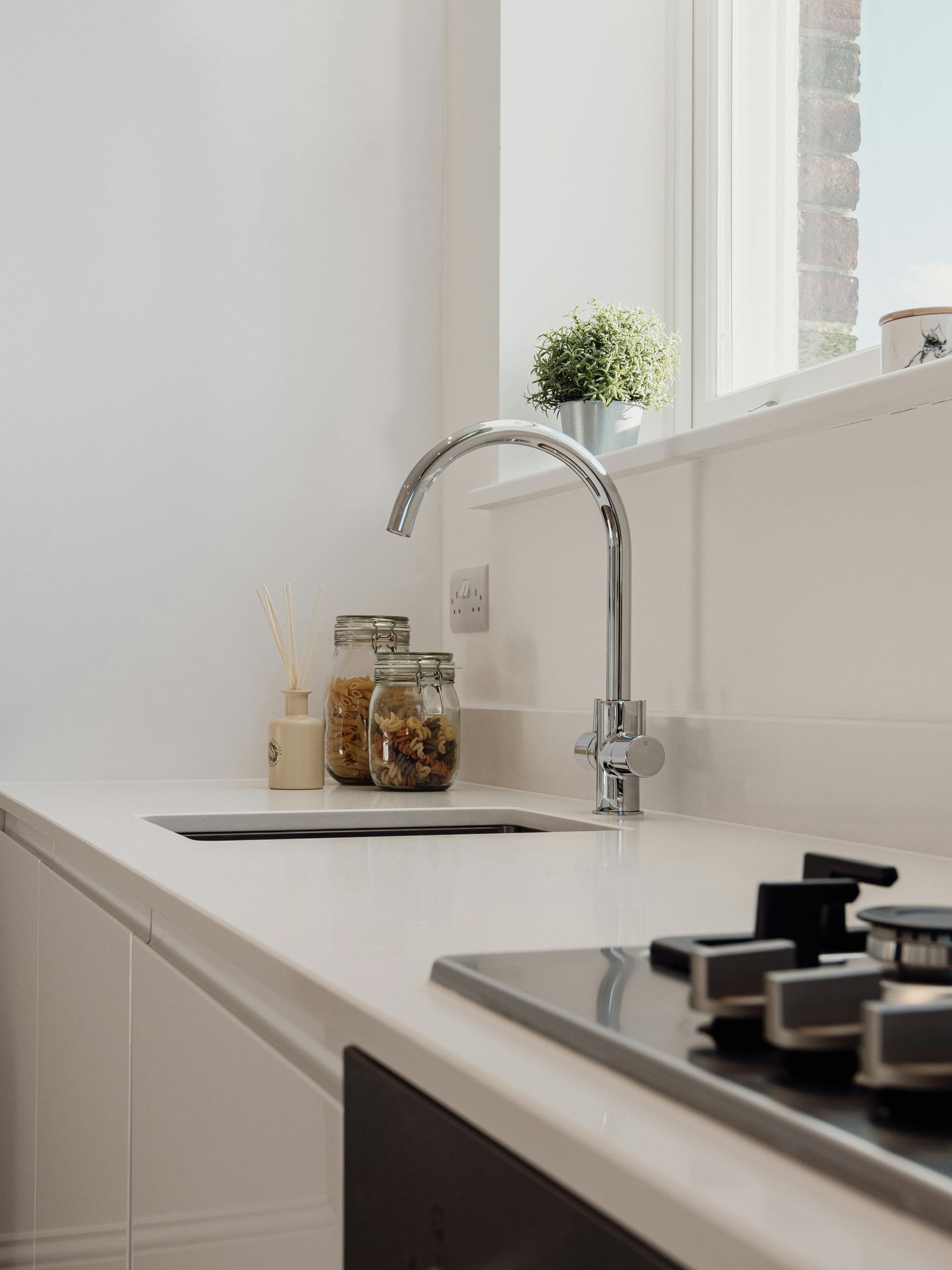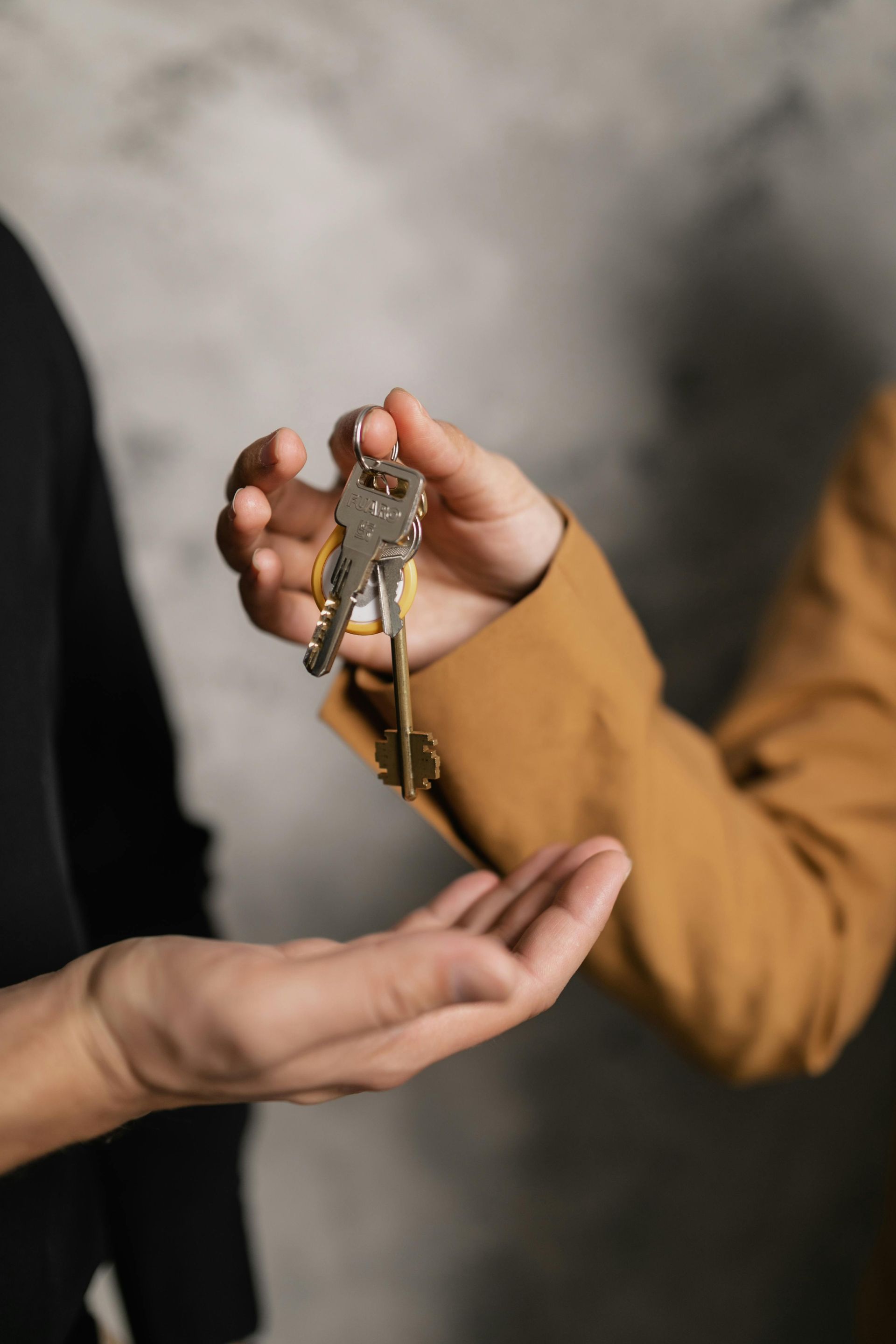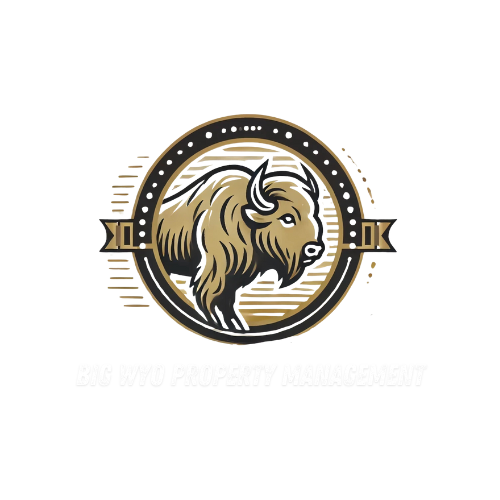Blog
Tips and tricks to help you during this journey. Learn about real estate, property management and everything in between.

By Parker Lewis
•
March 1, 2025
As a renter, you may encounter maintenance issues from time to time, whether it’s a leaky faucet, a broken appliance, or a heating issue. Knowing how to handle these problems efficiently and responsibly will help keep your home in good shape and maintain a positive relationship with your landlord. Here’s a guide to handling maintenance requests like a pro! 1. Know What You’re Responsible For Before requesting repairs, it’s important to understand which maintenance tasks are your responsibility and which fall under your landlord’s duties. Typically, landlords handle: ✅ Major plumbing or electrical issues ✅ Heating and air conditioning repairs ✅ Roof leaks and structural damage ✅ Broken appliances (if provided by the landlord) Tenants are usually responsible for: 🔧 Replacing light bulbs and air filters 🧼 Keeping the unit clean and preventing mold buildup 🚽 Unclogging minor drain issues (like a small hair clog) 💧 Preventing damage (e.g., reporting leaks before they worsen) Always review your lease agreement for specific maintenance responsibilities! 2. How to Submit a Maintenance Request If something breaks or stops working, follow these steps to report it properly: Step 1: Identify the Problem Be specific when describing the issue. Instead of saying “the sink is broken,” say “the kitchen sink is leaking underneath the cabinet”. If possible, troubleshoot minor problems before submitting a request (e.g., resetting a tripped breaker). Step 2: Contact Your Landlord or Property Manager Via Online Portal Create a new maintenance request in your online portal 📍 The exact location of the issue (e.g., "bathroom sink") 📷 Photos or videos (if applicable) 🕒 Preferred availability for a repair appointment 3. What to Do in an Emergency Some maintenance issues require immediate attention to prevent further damage. Here’s what to do in urgent situations: 🚰 Plumbing Emergency (Flooding, Burst Pipe, Major Leak) ✅ Shut off the water valve (if accessible). ✅ Place towels or buckets to contain water. ✅ Contact your landlord immediately on the emergency line. 🔥 No Heat in Winter ✅ Check the thermostat and replace batteries if needed. ✅ If the issue persists, report it right away—heat is a required utility in most areas. ⚠️ Electrical Issues (Power Outages, Exposed Wires, Sparks) ✅ Check if the issue is isolated to your unit or a full power outage. ✅ Reset the circuit breaker. ✅ If there are sparks, a burning smell, or exposed wires, contact your landlord immediately and avoid using electrical outlets. 🚪 Locked Out of Your Unit ✅ Check your lease—some landlords provide emergency lockout services. ✅ If not, you may need to call a locksmith at your own expense. 4. How to Prevent Maintenance Issues A little preventative care can help you avoid bigger repairs later! 🔹 Prevent drain clogs – Avoid pouring grease down the sink and use drain covers. 🔹 Test smoke detectors – Replace batteries as needed. 🔹 Keep an eye on leaks – Report minor drips before they turn into bigger plumbing issues. 🔹 Clean regularly – Dust buildup can affect appliances like air conditioners and vents. By taking good care of your rental unit and reporting problems promptly, you’ll keep your home comfortable and avoid unnecessary repair costs! Final Thoughts Handling maintenance issues properly ensures a safe and well-maintained living space. Always communicate clearly with your landlord, report issues as soon as possible, and follow up if necessary. By understanding your responsibilities and taking preventative measures, you’ll make your rental experience much smoother!

By Parker Lewis
•
March 1, 2025
Being a good tenant not only helps you maintain a positive relationship with your landlord but also makes your renting experience smooth and stress-free. Plus, being a responsible tenant increases your chances of getting your security deposit back and receiving great rental references in the future. Here’s how to be a great tenant! 1. Pay Rent on Time One of the most important responsibilities as a tenant is paying rent on time. Here’s how to stay on top of it: ✅ Set up automatic payments or reminders to avoid forgetting. ✅ Check your lease for grace periods and late fees. ✅ If you anticipate being late, communicate with your landlord as soon as possible. Paying on time shows responsibility and reliability, which can work in your favor if you ever need a lease extension or reference. 2. Respect the Property Taking care of your rental unit helps you avoid additional charges and keeps it in great shape for the duration of your lease. Ways to keep your rental in good condition: 🏡 Clean regularly to prevent buildup of dirt and damage. 🛠 Report maintenance issues before they become bigger problems. 🚫 Avoid unauthorized modifications, such as painting walls or drilling holes. 🐾 Follow pet rules to prevent extra wear and tear. Treat the rental as if it were your own home, and your landlord will appreciate your efforts! 3. Follow the Lease Agreement Your lease is a legally binding contract, and violating the terms could lead to fines or even eviction. Be sure to: 📜 Read the lease carefully before signing. 👤 Follow guest policies to avoid exceeding occupancy limits. 📢 Ask for permission before making any changes to the property. If you ever have questions about your lease, don’t hesitate to ask your landlord for clarification. 4. Be a Considerate Neighbor If you live in an apartment or shared housing, being a respectful neighbor is key to maintaining a peaceful living environment. How to be a good neighbor: 🔇 Keep noise levels reasonable, especially late at night. 🚗 Follow parking rules to avoid taking up others’ spots. 🚮 Dispose of trash properly and follow community guidelines. A good relationship with neighbors makes for a more enjoyable living experience and reduces complaints to your landlord. 5. Communicate with Your Landlord Good communication helps build a trustworthy and cooperative relationship with your landlord or property manager. Best practices for communicating with your landlord: 📞 Report maintenance issues as soon as possible. 📅 Give proper notice before moving out or renewing your lease. 📝 Put important requests in writing, like repair requests or lease modifications. Being polite and professional in your interactions goes a long way in keeping your rental experience positive. 6. Prepare for Moving Out When it’s time to move out, being responsible ensures you get your security deposit back and leave on good terms. What to do before moving out: ✔️ Give proper notice according to your lease terms. 🧹 Clean thoroughly, including floors, appliances, and walls. 🔧 Fix minor damages (patch holes, replace light bulbs, etc.). 📷 Take move-out photos as proof of the unit’s condition. A smooth move-out process can lead to a positive reference for future rentals! Final Thoughts Being a great tenant benefits both you and your landlord—you’ll enjoy a stress-free rental experience, maintain a good rental history, and even have an easier time securing future housing. By paying rent on time, respecting the property, following the lease, and communicating well, you’ll set yourself up for a successful and enjoyable renting experience!

